When should you use an Industrial Layer 3 switch?
What is a Layer 3 switch?
To put it simply, a Layer 3 switch combines the functionalities of both a switch and a router and operates as a switch, efficiently linking devices within the same subnet or Virtual Local Area Network (VLAN), all the while integrating IP routing intelligence to function as a router. It can support routing protocols, analyze incoming data packets, and make routing decisions based on source and destination addresses. In today's highly interconnected environments, intricate enterprise networks often encompass numerous subnets and Virtual Local Area Networks (VLANs), necessitating the inclusion of a Layer 3 switch.
What is the purpose of Layer 3 switches?
Layer 3 routing protocol is becoming more and more important to industrial network topologies, such as intelligent transportation management and applications related to urban infrastructure. Industrial applications normally work with a variety of industrial devices within an isolated network, with few monitoring interfaces at the field site. However, as connectivity demands continue to grow in the IIoT era, the number of connected edge devices is continuing to grow, resulting in an increased need of network bandwidth and organization. This reveals new network management challenges, and also raises new issues in data security.
Traditional Layer 2 logic subnetting faces practical and performance limitations when applied to topologies with a large number of devices. To ensure flexible industrial application planning, Layer 3 devices have been introduced into advanced management, with a host of features that are quickly becoming “must haves”.
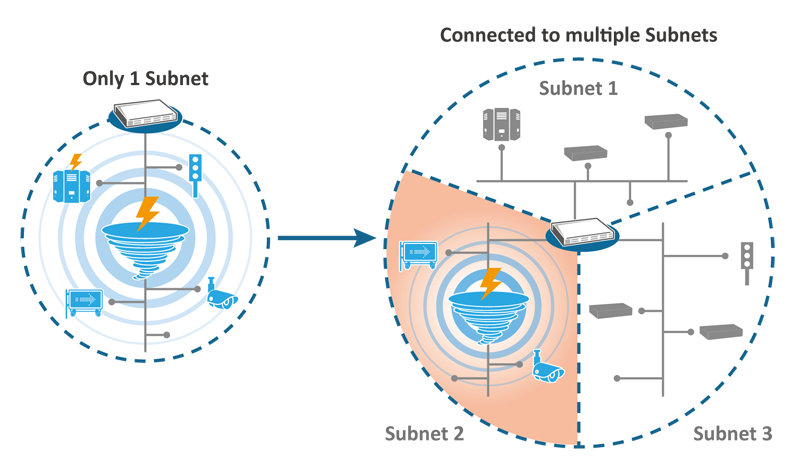
How Industrial Layer 3 switches can benefit your network
Robust and Secure Design for a Wide Range of Conditions
- EtherWAN’s Industrial switches are built to withstand extreme temperatures ranging from -40 to 75°C (-40 to 167°F)
- Dual power, redundant firmware, and redundancy protocols allow for uninterrupted data transferBetter Network Performance with Fiber Scalability
- Hardware routing for greater network performance
- Multiple dual-rate SFP and SFP+ uplink ports to support a variety of fiber interconnections and network topology flexibility
Layer 3 switches are most commonly used to support routing between VLANs, because different areas, intersections or types of data (video, image, and signals) need to be partitioned. With more IP cameras being installed at intersections, the purpose for the traffic management may differ, for example, identifying vehicle license plate or speed. This means that switch management must be simple, secure, provided high performance, and that network faults can be isolated quickly.Rich Layer 3 Routing Protocol
- OSPF and RIP routing protocol support for optimal network routing
- Support for L3 IPv4/IPv6 unicasting or multicasting (PIM-SM/DM) routing to gain better networks latency
- VRRP prevents your system from failing by dynamically backing up multiple L3 switches for routingThe Advantages of Layer 3 Routing protocol:
- Eliminates the need for implementing STP on the distribution system.
- Shrinks the Layer 2 fault domain, thus minimizing the number of denial-of-service (DoS)/distributed denial-of-service (DDoS) attacks.
- Bandwidth efficiency-improves Layer 3 uplink bandwidth by suppressing Layer 2 broadcasts at the edge port.
- Improves overall collapsed core and distribution resource utilization.
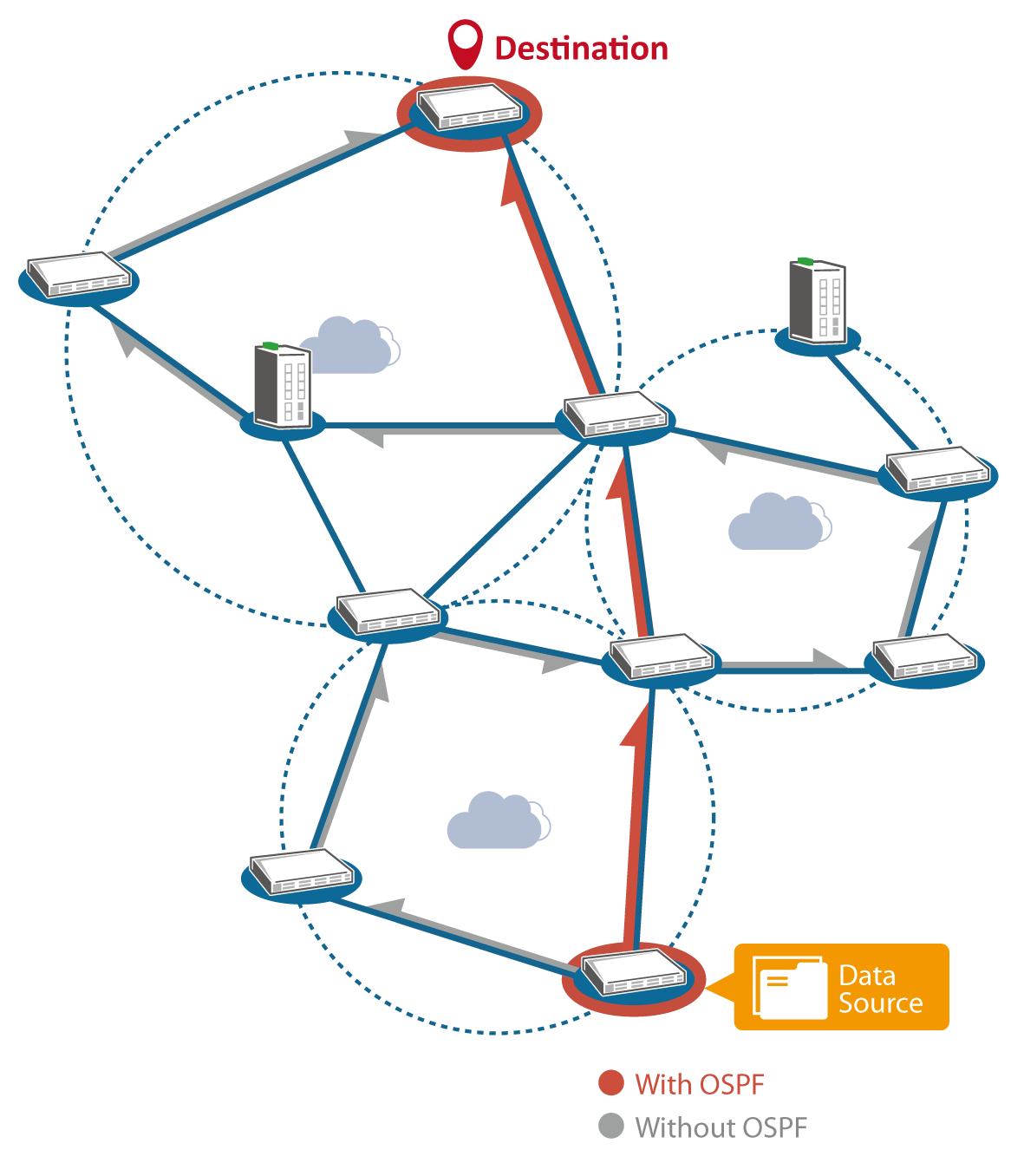
Choose a right Layer 3 switch for your industrial network
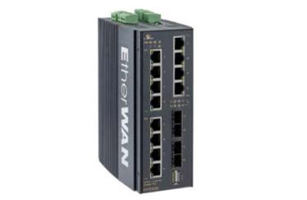 PoE PoE |  PoE PoE | 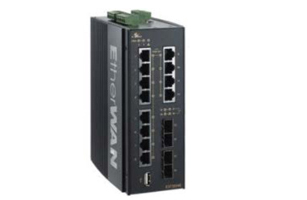 | 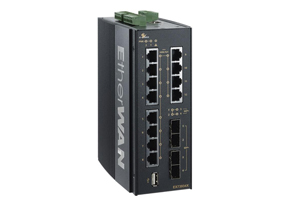 | 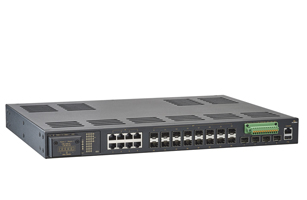 | 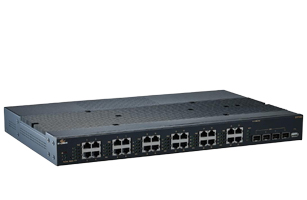 PoE PoE | 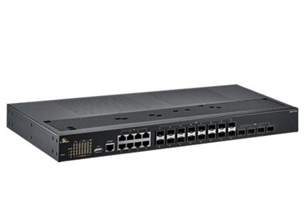 | |
|---|---|---|---|---|---|---|---|
| L2+/LL3 ( for up to 64 VLANs ) | L3 (Routing for more than 65 VLANs) | ||||||
| Max. number of routes | 64 entries | L3 unicast (IPv4): 8192 (8K) L3 unicast (IPv6): 2048 (2K) L3 multicast (IPv4): 8192 (8K) | |||||
| IPv4 routing | Static route, RIP v2, OSFP v2 | Static route, RIP v2, OSPF v2 PIM-DM / PIM-SM RIPng, OSPF v3 PIM-DM v6 / PIM-SM v6 PIM-DM / PIM-SM VRRP | |||||
| IPv4 Multicast routing | N/A | PIM-DM / PIM-SM | |||||
| IPv6 routing | N/A | RIPng, OSPF v3 | |||||
| IPv6 Multicast routing | N/A | PIM-DM v6 / PIM-SM v6 | |||||
| Virtual router redundancy | VRRP | VRRP | |||||
| To the product list | To the product list | To the product list | To the product list | To the product list | To the product list | To the product list | |
Choosing between Layer 2 and Layer 3 switches
For small networks where the volume of data transmitted is not too great and there is no need to connect multiple VLANs, Layer 2 switches are ideal. For larger networks, networks needing VLAN connectivity, or in situations where enhanced security is required, a Layer 3 switch is the way to go. Most networks use a combination of Layer 2 and Layer 3 switches to optimize cost and performance.

A Layer 2 managed switch is designed to forward traffic between network hosts within the same subnet, based on the entries in its MAC address table. On the other hand, a Layer 3 managed switch is capable of forwarding traffic between different subnets, using a map of the IP network maintained in its routing table. In other words, if you need to send traffic between devices on different subnets, you will need a Layer 3 switch. It's important to carefully consider your networking needs and choose the right type of managed switch to ensure smooth and efficient operation.
 3 minutes challenge
3 minutes challenge





